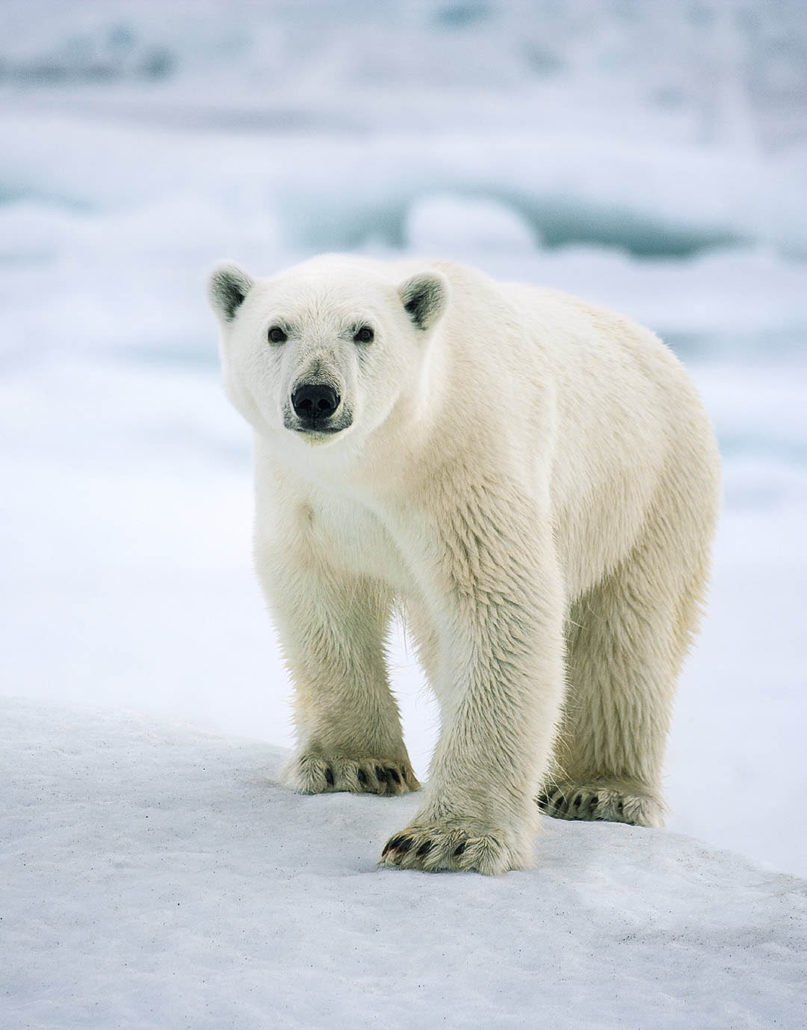A Vanishing World
This post is also available in:
 French
French
To the casual observer, an ice sheet may look like a lifeless world of white. With little more than sky and frozen matter, the visual monotony can seem underwhelming. But ice is a powerful entity, alive and dynamic, responding to gravitational forces and minute changes in temperature. Ice can be up to 3 million years old, its mass constantly and unperceptively shifting. When it finally calves to the sea, ice enters the final phase of its transformation, slowly returning to its original state, in liquid form. The Inuit have hundreds of words to describe its texture, while its shape evolves into ever changing and infinite variations.
I have travelled over 8,000 kilometers on foot in its realm, across the Arctic sea, Greenland and Antarctica. And while it may sound surprising, I can honestly say that no two days have looked alike.
Deep in the heart of the ice, it is the subtle changes in cloud cover that provide unique photographic opportunities. The sun’s low angle combined with the striped down color spectrum from the dominance of water—both liquid or frozen—create monochromatic displays of soft cold light and blue shadows. At times, the only visible features are ones left by the wind on the ice, or the clouds in the sky.
Sea ice expands and contracts following the seasonal cycle. Like the great lungs of the Earth, it delivers a cooling influence to the lower latitudes; its impact is felt globally. But that rhythm is losing breath. Ice is the first line of defense to warming trends, and its decline provides incontrovertible evidence of climate change. My time spent in the high latitudes has given me a deeper perspective of the subtle variations taking place at the hands of a warming world. Photography becomes a tool for change when it links the heart to the mind. But if global warming is inextricably tied to time, how can a photo purport to address change from the single instant it records? My work aims to create an emotional ledger of time. It is there to remind us that, distant and exotic though it is, this world is also our home. And the images I bring back tell the story of an environment that looks a lot like us: defiant, fragile and fleeting.
Official opening on Wednesday, September 19, 2018 at 6:30 pm, by invitation
From 15/09/2018 to 13/01/2019
GATES OF THE LUXEMBOURG GARDEN
Rue de Médicis
75006 PARIS
France
Opening hours : Free public access 24 hours a day, night lighting
www.sebastian-copeland.fr



